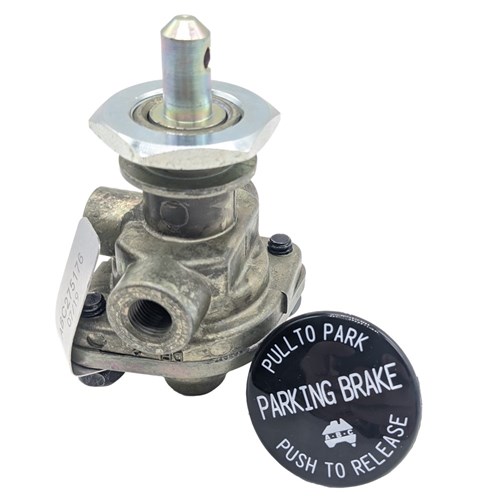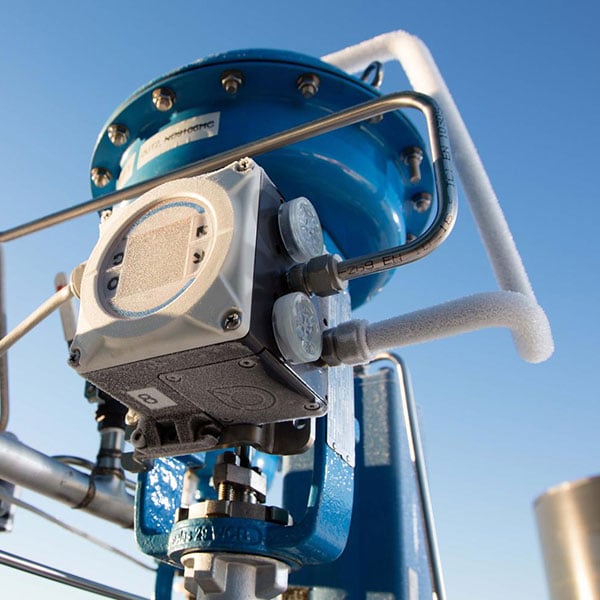
Maximize Energy Financial Savings and Convenience With Advanced Structure Automation Controls
In the world of contemporary design and center administration, the assimilation of advanced building automation controls stands as a crucial innovation. By taking advantage of the power of automation, structures can adapt, respond, and develop in means that were as soon as unthinkable.
Energy Efficiency Conveniences
Power efficiency advantages can dramatically reduce energy usage and operational prices in buildings. Energy-efficient systems, such as sophisticated building automation controls, can maximize the usage of sources like heating, lighting, and cooling, leading to lower power expenses over time.
Furthermore, enhanced power efficiency can lengthen the life-span of building tools and systems. By operating a lot more effectively, HVAC systems, light, and other building components experience much less wear and tear, causing decreased upkeep and replacement expenses. Additionally, energy-efficient buildings usually command greater residential property values and rental prices, providing lasting monetary advantages to owners.
Furthermore, power effectiveness can boost resident comfort and efficiency. Effectively controlled indoor atmospheres with optimum lights and thermal problems create a more conducive and pleasurable workspace, causing improved worker satisfaction and performance. In general, the energy effectiveness advantages related to innovative structure automation controls are multifaceted, including price financial savings, ecological stewardship, and occupant health.
Improved Comfort Control
Enhancing comfort control in building environments calls for an innovative integration of advanced automation systems for optimal resident wellness. By making use of sophisticated building automation controls, facilities can tailor the indoor atmosphere to meet the certain requirements and preferences of passengers. These systems enable exact regulation of illumination, ventilation, and temperature, creating a effective and comfortable environment. Passenger complete satisfaction and productivity are closely connected to thermal convenience, making it vital to have systems in position that can adapt to changing conditions in real-time.
Boosted comfort control goes past standard temperature changes. It includes functions such as individualized settings, tenancy sensors, and natural light application to create a vibrant and receptive environment. By incorporating these innovative controls, structures can not only enhance convenience but likewise improve energy effectiveness by enhancing system operations based on real tenancy and use patterns. Eventually, focusing on resident comfort with innovative automation systems brings about a more delightful and much healthier indoor atmosphere.
Operational Efficiency Improvements
Furthermore, the execution of real-time tracking and analytics tools enables building drivers to recognize energy inadequacies and operational abnormalities quickly. By continuously checking energy use patterns and system performance metrics, changes can be made in real-time to optimize energy intake and make certain peak functional performance. control valves. Furthermore, including need response approaches into structure automation controls can even more improve functional effectiveness by dynamically adjusting power use based upon grid conditions and rates signals
Indoor Environment Optimization
Efficient indoor climate optimization is a fundamental element of structure automation controls, making certain occupants' convenience and well-being while making the most of power savings. By using sophisticated sensing units and controls, developing automation systems can continually readjust and monitor temperature level, humidity degrees, air quality, site link and ventilation to create an optimal indoor atmosphere. Preserving comfy and regular problems not only enhances occupant fulfillment yet also increases productivity and general health.
Interior climate optimization likewise plays a crucial function in power effectiveness. By fine-tuning heating, ventilation, and cooling systems based upon real-time data and occupancy patterns, developing automation controls can considerably reduce power intake - control valves. For instance, implementing strategies such as demand-controlled air flow and thermal zoning can assist decrease energy waste while guaranteeing that each area of the structure gets the needed conditioning.

Sustainable Atmosphere Production
Building automation regulates not only optimize indoor environment conditions for power efficiency and owner comfort yet likewise lay the foundation for producing a my latest blog post lasting atmosphere via strategic monitoring of systems and sources. By integrating innovative building automation technologies, such as sensors, actuators, and intelligent software application, facilities can check and adjust energy use in real-time to reduce waste and minimize their carbon footprint. These systems enable predictive upkeep, recognizing potential issues prior to they escalate and enhancing tools efficiency to boost durability and effectiveness.
In addition, lasting environment development expands past energy management to include water preservation, waste reduction, and indoor air high quality improvement. Structure automation controls can regulate water usage, detect leakages, and ensure proper garbage disposal practices, adding to total sustainability initiatives. In addition, by monitoring and controlling ventilation and filtering systems, these technologies enhance owner health and wellness and efficiency while reducing energy consumption connected with heating and cooling operations.
Conclusion
Finally, progressed structure automation regulates deal substantial advantages in regards to power cost savings, comfort control, functional effectiveness, interior environment optimization, and producing a lasting environment. By carrying out these controls, structures can achieve ideal performance while reducing energy consumption and boosting occupant convenience. It is obvious that using innovative automation innovation is vital in improving building efficiency and creating an extra sustainable future.
Energy effectiveness benefits can considerably lower power usage and functional expenses in buildings. On the whole, the energy performance benefits associated with sophisticated building automation controls are diverse, incorporating cost savings, environmental stewardship, and passenger well-being.
Furthermore, incorporating need reaction methods into structure automation controls can better boost operational effectiveness by dynamically changing power use based on grid conditions and pricing signals.
Building automation manages not only enhance indoor climate problems for energy efficiency and occupant convenience however likewise lay the foundation for creating a sustainable environment via strategic monitoring of sources and systems.In conclusion, advanced structure automation controls deal significant benefits in terms of energy cost savings, comfort control, operational efficiency, review indoor climate optimization, and producing a sustainable environment.